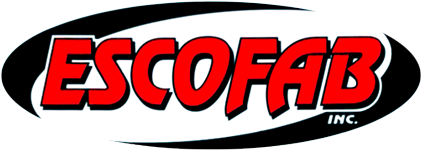What Is Seam Welding?
Seam welding is one of the most common and popular types of resistance welding. It refers to a technique used to weld two metals, similar or dissimilar, using heat generated from electric current or pressure. This results in the formation of a nugget, which is a pool of molten metal. It’s an excellent welding method for metals since they conduct electricity efficiently while sustaining high pressures.
How Does Seam Welding Work?
Seam welding works with the resistance principle. Essentially, the metals are held above and below using circular electrodes. A current then passes on the roller electrodes as they rotate at approximately 60 in/min speed. During this process, electrical resistance generates heat. Consequently, a high current is supplied to the interface surface between the rollers. This results in the melting of the metals, forming a solid weld joint.
Types of Seam Welding
There are two primary types of Seam welding;
- Continuous motion seam welding: In this type of seam welding, the welder has to determine the speed of the rollers before the current is applied.
- Intermittent motion seam welding: In this type of seam welding, the speed of the rollers is not predetermined.
Advantages of Seam Welding
- This welding technique makes welds without gas or welding fume formation. Also, there is no need to use filler materials such as gas and liquid. This makes the method suitable for a multitude of applications.
- Seam welding can be fully automated. As a result, there is no need to hire extra labor to achieve the welds. This also makes the process highly repeatable.
- Seam welding is convenient as it can instantaneously produce a single seam weld and a parallel seam weld.
- Using continuous seam welding, you can create gas or liquid-tight seams.
Disadvantages of Seam Welding
- Seam welding cannot achieve complex welds. In particular, the rollers cannot produce intricately curved corners. Also, this type of welding is not possible where there is an obstruction for the roller electrodes, such as in internal corners. Besides, the rollers always move in a straight line.
- Limited applications. This type of welding is difficult to carry out since it has to meet several standards. First, the metals need to have a thickness of less than 3mm.
- It can be costly. The machines used for seam welding are expensive.
- Need for highly skilled labor. The high speed of the rollers make skilled labor a necessity in ensuring quality welds.
Bottom Line
This welding technique is suitable for a wide range of applications. Although it has a few drawbacks, seam welding creates gas- and liquid-tight welds and reduces the need for additional labor.
If you feel that this type of welding is best for your project, do not hesitate to contact Escofab Inc. We have a team of experts dedicated to producing customized and excellent quality fabrications and machining. Call us today at (251) 368-1261 for a consultation with our experts.
